By Hugues Vanhoolandt and Jonathan Sharp
Click to ENLARGE
Sometimes life is rough. Like when, once a year, two of our finest photographers/reporters attend the same event. What is an editor to do? Fortunately each covers Goodwood with their very unique perspectives, even when shooting the same scene at the same time. Goodwood is home base for Jonathan Sharp, who is as addicted to WWII planes as he is to vintage cars. Therefore his comments and photos reflect this home game attitude and love of flying. For Belgium-based Hugues Vanhoolandt, he covers the sideshows with humor and photos that rarely need explanation.
We give each their own show and here we combine the most interesting sideshow images from both photographers. We alternated their photos; after all all’s fair in love and war.
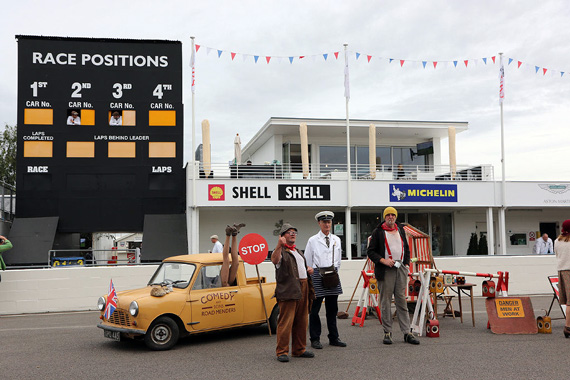
Hugues Vanhoolandt does a conservative portrait of the comedy team while Sharp, (scroll down) catches them at their naughtiest.
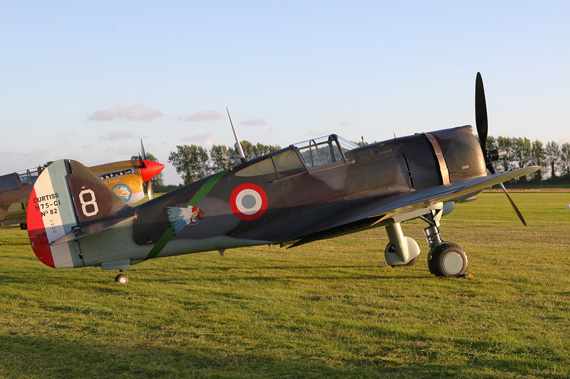
This Curtiss Hawk 75, operated by the Fighter collection (TFC) based at the Imperial War Museums Duxford Aerodrome, is a very rare aeroplane. The H75 was a private venture for the Curtiss company and first flew in May 1935. TFC’s machine was from the first 100 sent to the French air force arriving in April 1939. Given the designation Hawk 82 she was assigned to 1ere Escardrille Groupe de Combat 11/5 Lafayette Reims where she was the personal mount of Commondant Murtin. She moved to Toul during the battle of France. Saved from the torch in the 1950s she was put into storage in France until acquired by TFC in 1995. Following a major overhaul she took to the air again in 2005. Jonathan Sharp
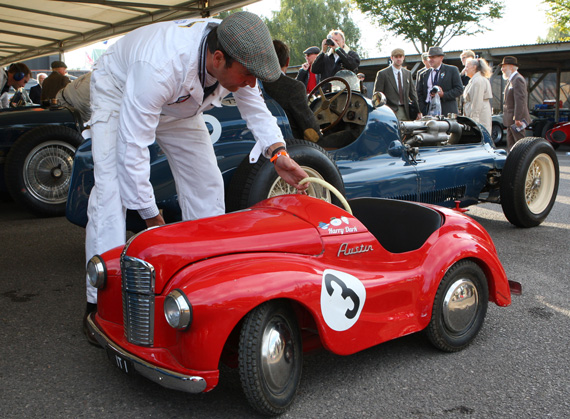
Equippe Dark. Tom Dark peddled the T73 in the Goodwood Trophy for Grand Prix and Voiturette cars of a type which raced between 1930 and 1950. The J40 was peddled by Harry Dark in the Settrington cup race for Austin J40 pedal car of a type which raced between 1949 and 1966. Jonathan Sharp
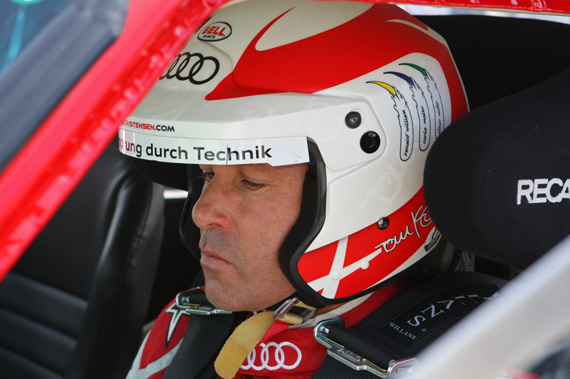
Tom Kristensen, a nine-time winner of the Le Mans 24 hour race, drove a freshly rebuilt Ford Falcon Thunderbolt in part one of the two part St Mary’s Trophy on the Saturday. He started dead last in a field of 29, and finished..1st. Amazing especially in a field which contained many a modern tin top hot shot. Jonathan Sharp
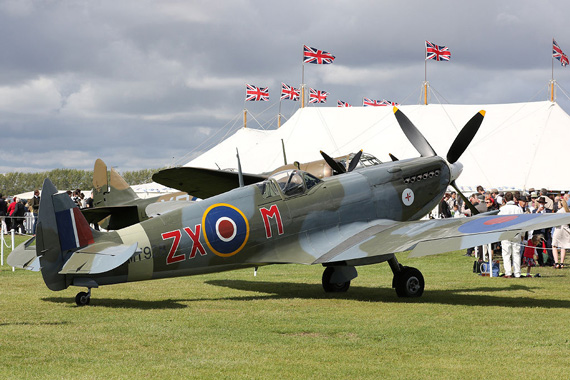
Hugues Vanhoolandt: Supermarine Spitfire MKV111 (MK8) MV154. Built by Vickers Armstrong and powered by a Packard Merlin 266 engine MV154 originally served with the Royal Australian Air force. Once owned Robs Lamplough the aircraft has been based in Germany since 2010. Notes by Jonathan Sharp.
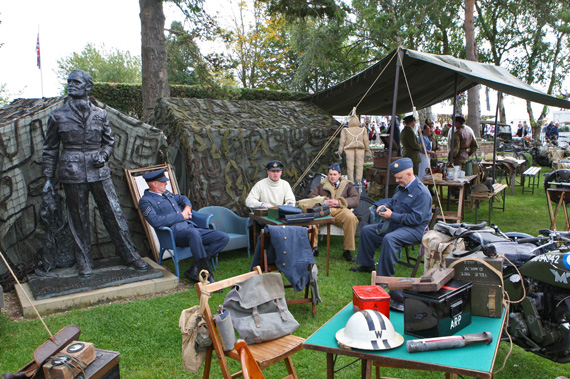
It was from Goodwood that tin-legged Douglas Bader flew his last mission on in 1941. Flying a Spitfire he was shot down (some say he was involved in a mid air collision) by a BF109 over France. Struggling to exit his cockpit Bader managed to leave one of his tin legs behind. Captured by the Germans who realized that they had the famous Tin legged ace as a prisoner, they offered to grant a safe passage to a plane to bring over a replacement tin leg. The RAF declined but on a later bombing mission a new tin leg was dropped by parachute. The note attached read “To the German Fighter commander of the Luftwaffe St Omar. Please deliver to the undermentioned address this package Wing Commander Bader, RAF prisoner of war St Omar.” The statue of Bader was commissioned by Lord March and was unveiled in 2001. Jonathan Sharp
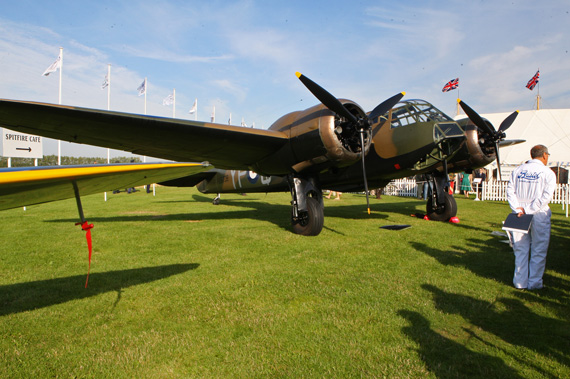
The Bristol Blenheim developed from a private venture in 1934 by the Bristol Aeroplane company to build a small airliner. The project was backed by Lord Rothermere and the aircraft was named “Spirit of Britain”. It was presented to the nation and after modification to a light Bomber, becoming the first stressed skinned aircraft accepted by the RAF. It was at that time faster than the fighter aircraft then on order for the RAF. At the outbreak of WW2 the RAF had more Blenheims (1089) in service that any other type. Pressed into doing roles for which it was never designed to such as long range fighter and night fighter it could be described as the first multi role combat aircraft. This is the only flying example in the world. G-BPIV has only recently returned to the skies following a painstaking restoration having suffered a landing accident in 2003. The aircraft has been restored to full Blenheim MK1 specification. Interestingly the MK1 nose used in the restoration was original part of an electric car built after the war by a Bristol Aeroplane company employee. Jonathan Sharp
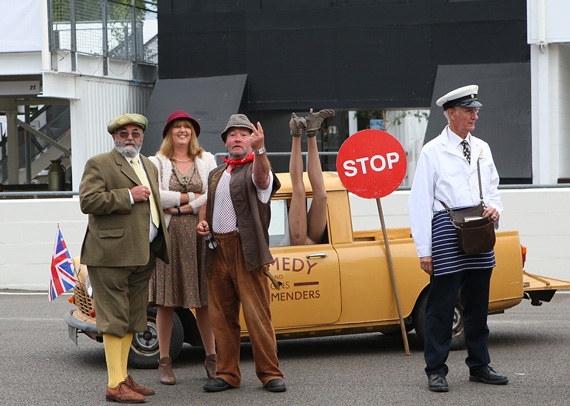
Hugues has included a shot of these guys in his gallery. They are a key component to the event but I like my shot as it reminds me of the often seen shot of Steve McQueen giving the two finger salute. Jonathan Sharp
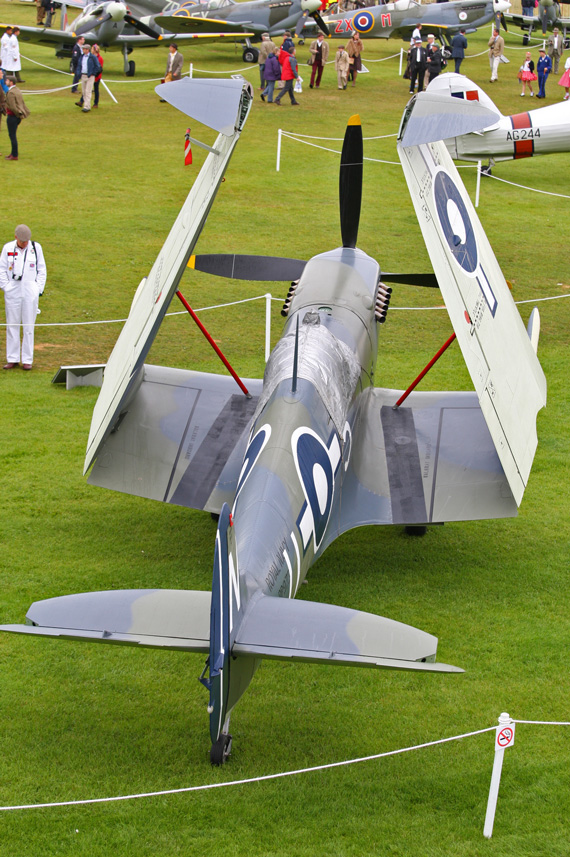
This Seafire MK3 PP972 was one of a batch of 250 ordered from Westlands in July 1943. Leaving the factory in September 1944 she was assigned to 809 Squadron of the Royal Navy Fleet air arm in November 1944. She served on HMS Stalker and MHS Attacker. She was involved in attacks on Japanese bases and provided air support for the landings in Malaya (now Malaysia). Following the Japanese surrender she was transferred to the French Aeronavale where she flew from the aircraft carrier Arromanche before being retired in 1949. She has only recently returned to the skies following a major restoration. Jonathan Sharp
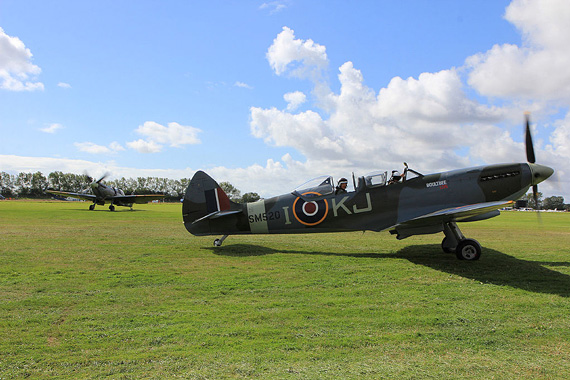
Hugues Vanhoolandt: Spitfire TR9 SM520 was built as a single seater at Castle Bromwich in 1944. Then stored until 1948 when it was sold to the South African Air force for £2000. SM520 was then used to train pilots heading to the Korean war to fly P51 Mustangs. The aircraft was converted to TR9 two seater configuration in 2002 and is now owned by Steve Boulbee Brooks and forms part of the Boultbee flight academy. Notes by Jonathan Sharp.

Scarab team 1956 Fiat Bartoletti Tipo 642 race car transporter. According to Bonhams the transporter was originally the Maserati works racing team transporter and had been used to transport Fangio’s World Championship winning 250F. Lance Reventlow then purchased the transporter ready for the 1960/61 season. Jonathan Sharp
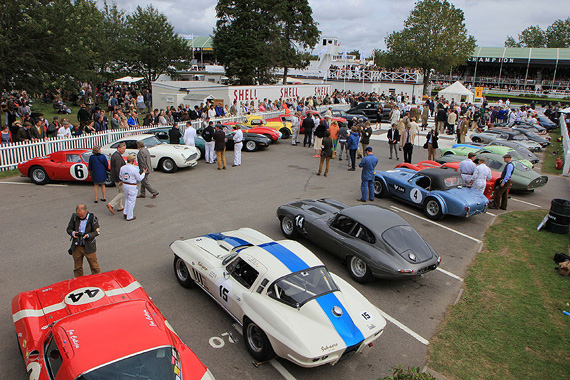
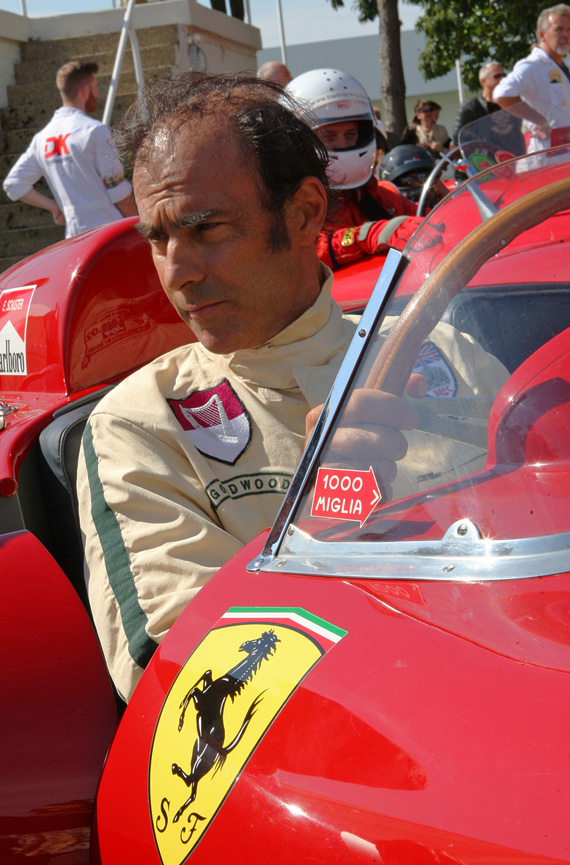
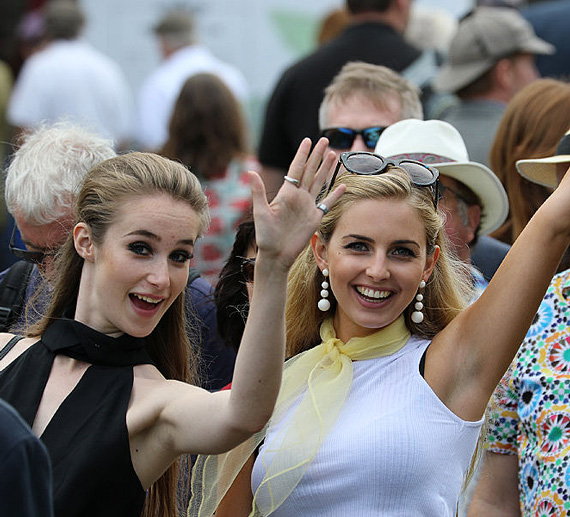
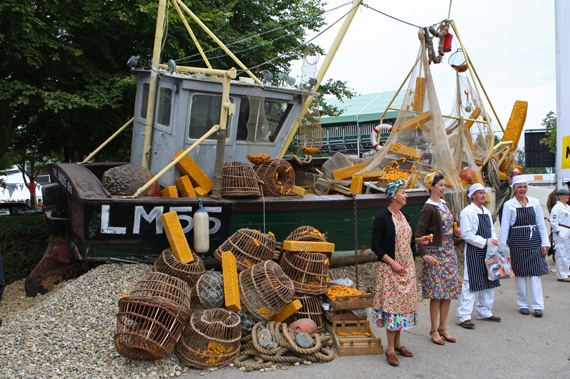
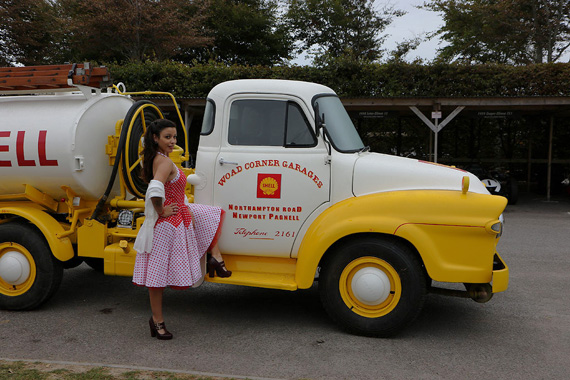
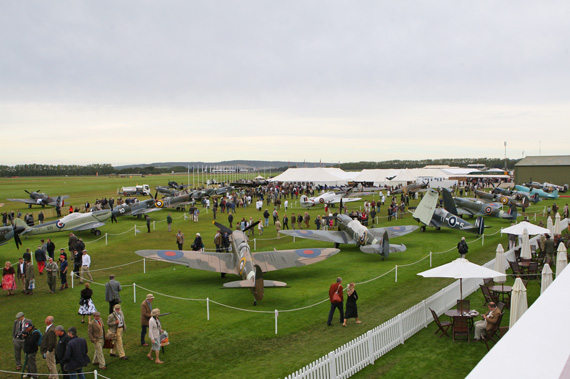
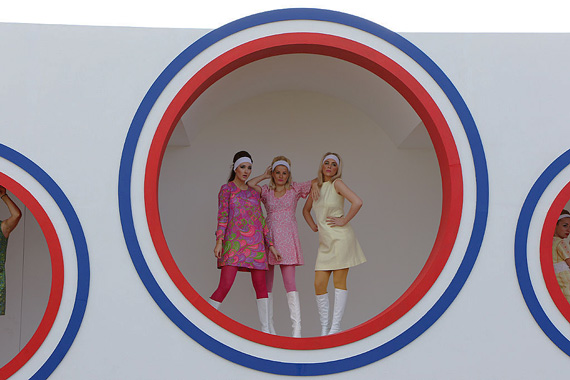
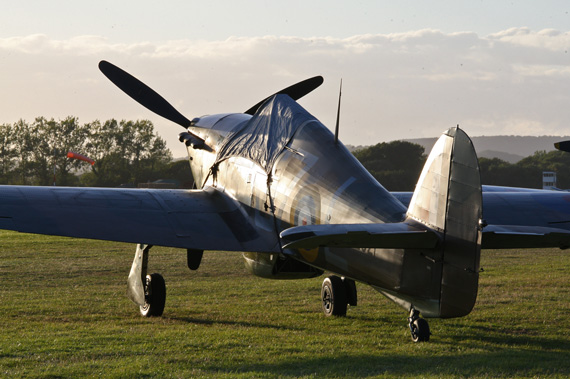

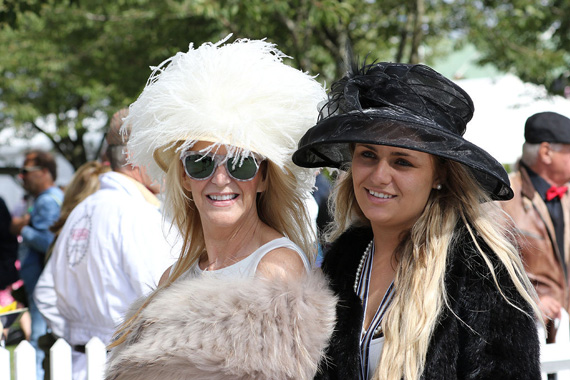
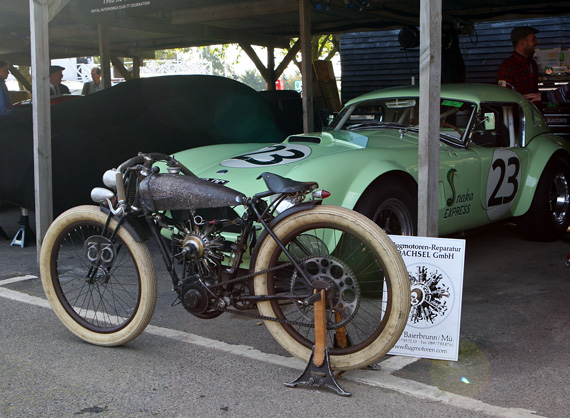

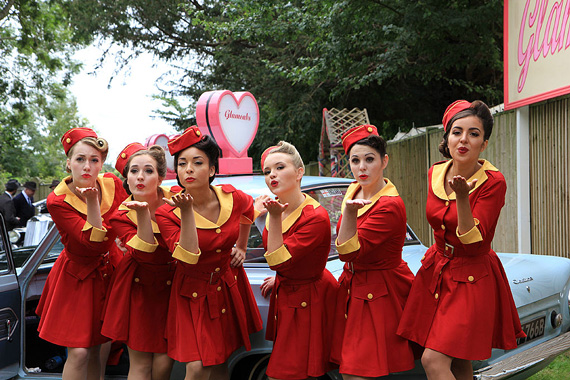
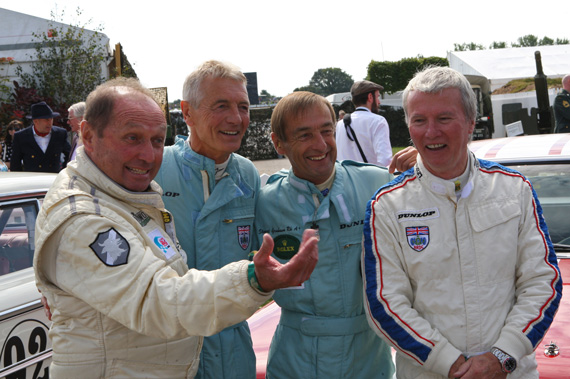
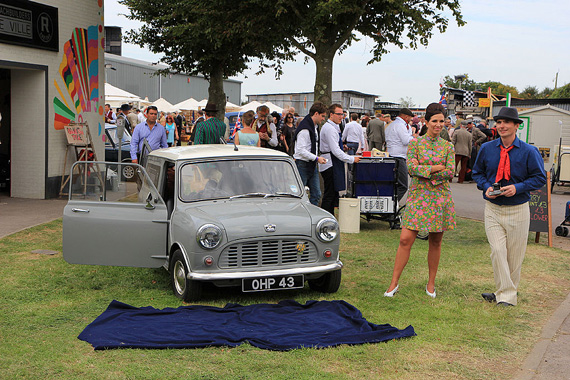
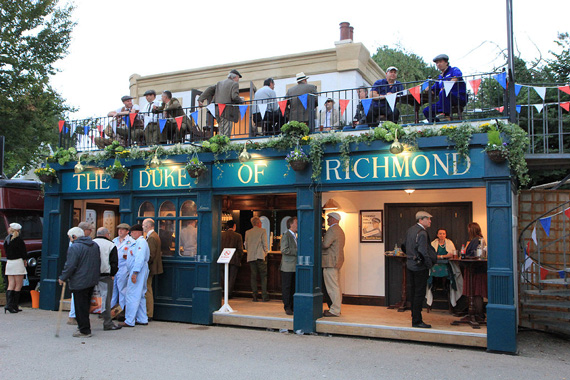

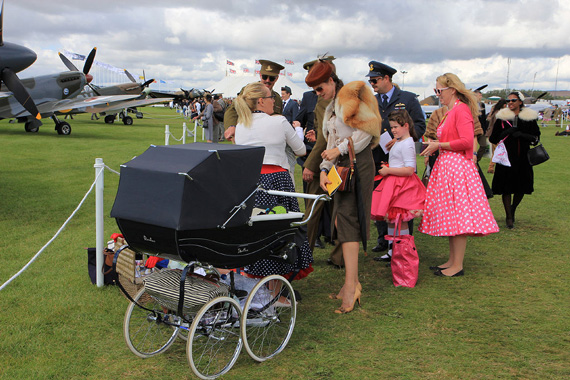
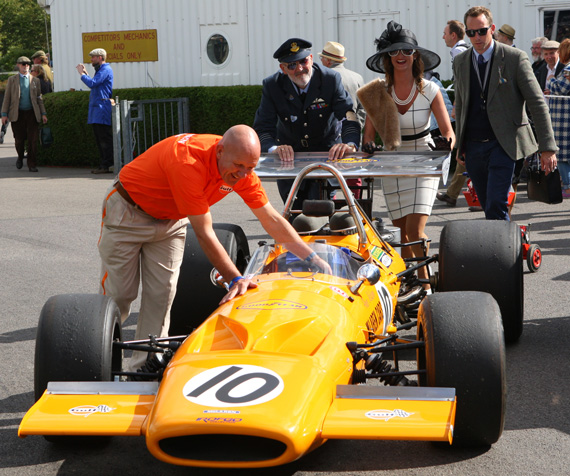
Such great pictures. Such talented photographers. Thanks for adding the planes, Pete.
I think Lord March is right to impose a clothing recommendation of period clothing. At Pebble Beach this year I saw about 5% of the women wearing nice flamboyant hats but still nothing like Goodwood, and the gents were sporting at least daring colors of pants (orchid?) and wild shoes. I think if at the Rolex Revival and Pebble and maybe That Event That Has no Name on Carmel Valley Road (well, they would have a name if they granted me a press pass…) they pushed for spectators to wear interesting 30s through ’60s clothes, those of us whose Testa Rossa in the shop could at least feel more a part of it all through our clothes. I’m just sayin’….(and I really am tired of the California “uniform” of T-shirts and jeans)